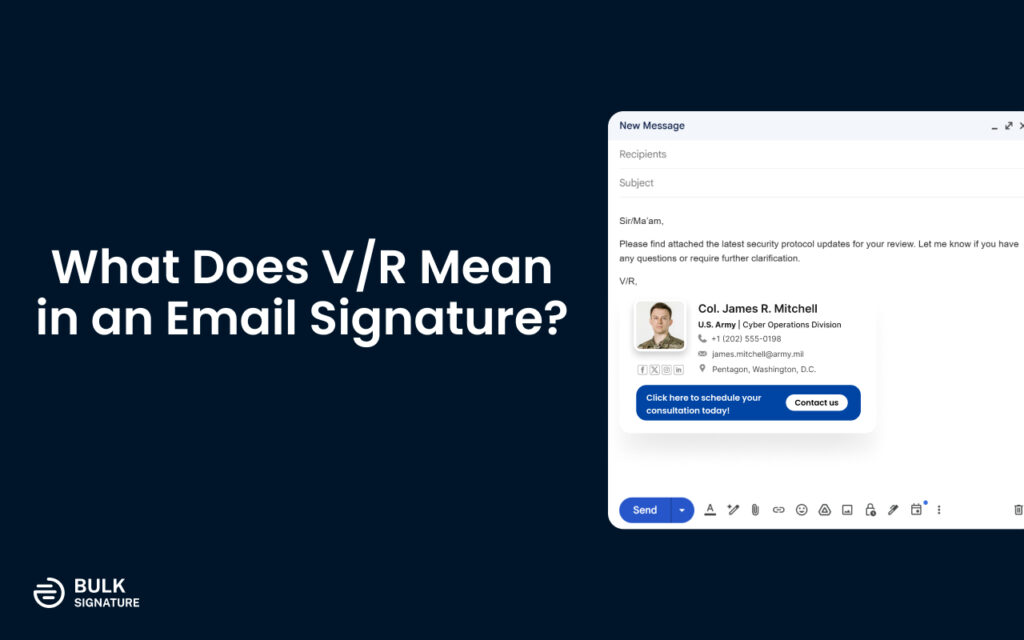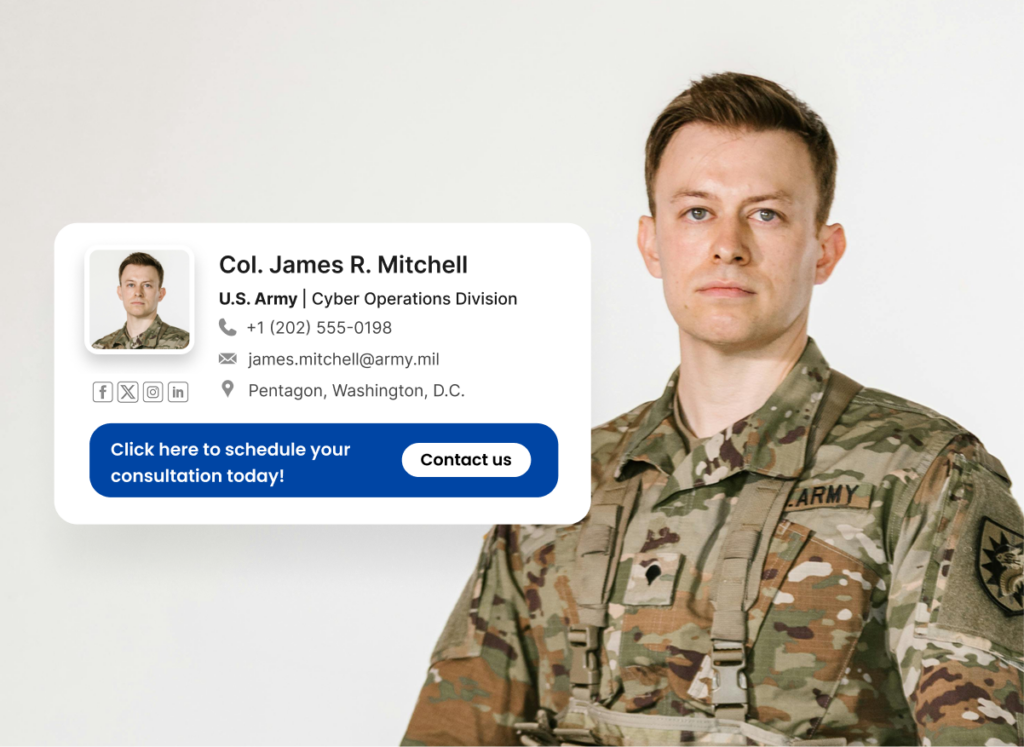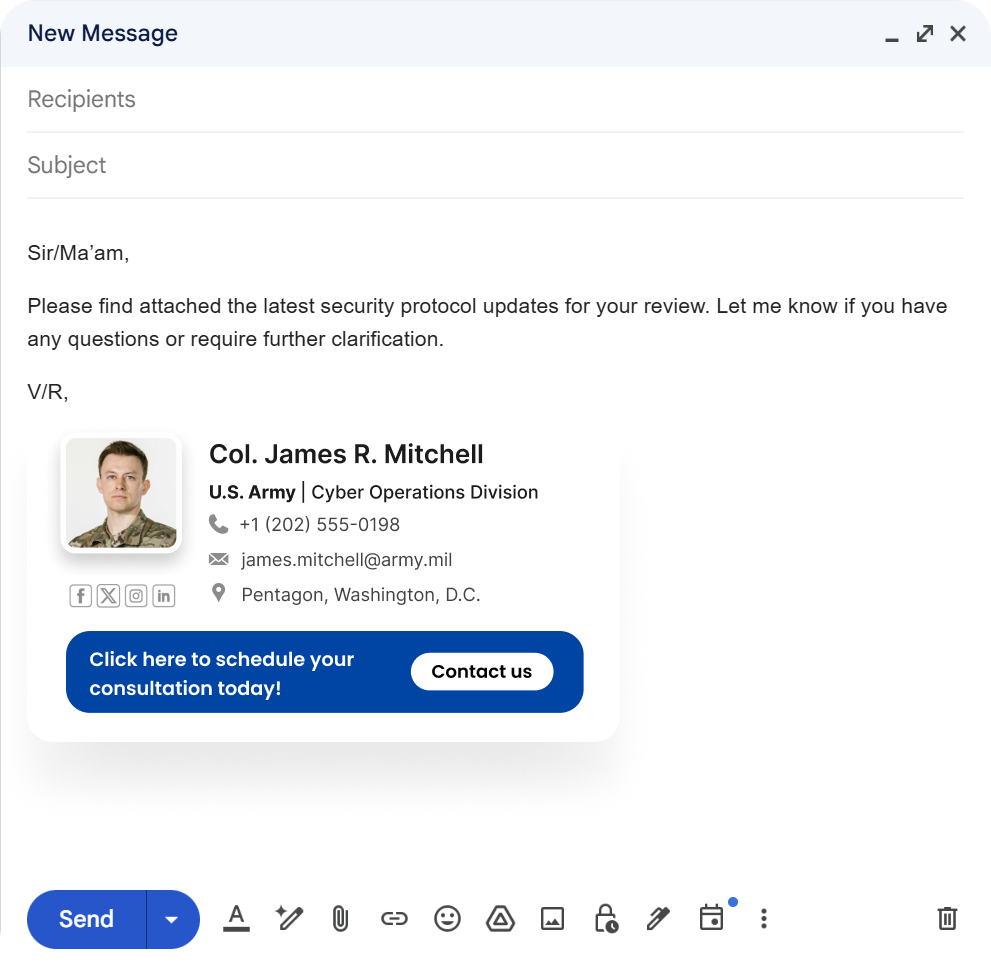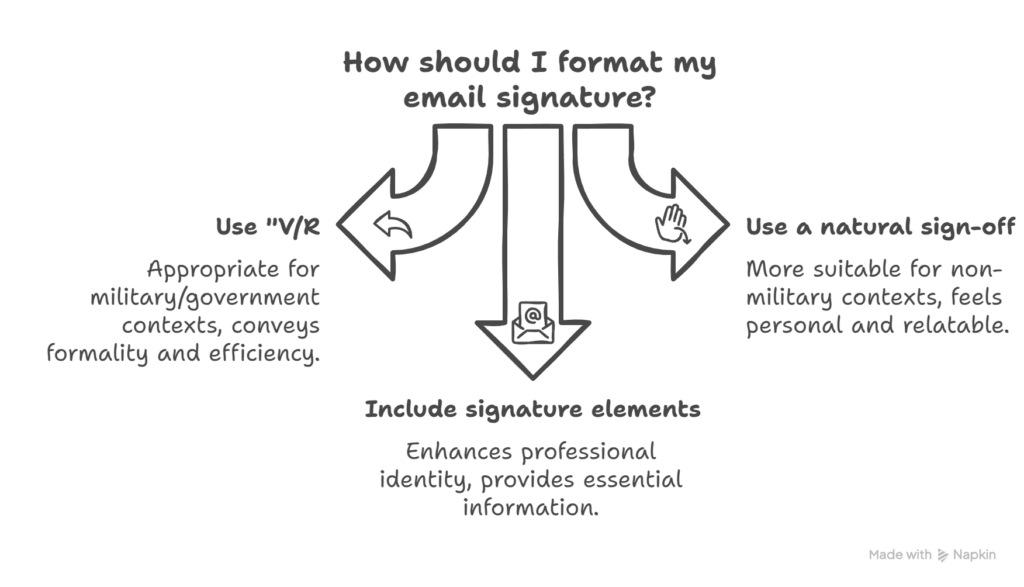
Ever received an email signed off with “V/R” and had no clue what it meant? You’re not alone. It’s not the most common email closing, but if you work with military personnel, government officials, or certain formal business sectors, you’ve probably come across it.
So, what does “V/R” stand for? It’s short for “Very Respectfully.” Simple, right? But there’s more to it than just being a formal way to end an email. Let’s break it down.
Why Do People Use "V/R" in Emails?
The phrase “Very Respectfully” has roots in military and government communication. It’s a quick, formal, and polite way to sign off an email, especially when writing to a superior or someone you want to show respect to.

Here’s when you’re likely to see it:
Military Emails: Service members often use “V/R” when emailing officers or high-ranking personnel.
Government & Public Service: You might spot it in emails from government officials or professionals in highly structured organizations.
Formal Business Correspondence: Some industries—especially those with military ties—adopt this sign-off as part of their corporate culture.
How Is "V/R" Different From Other Sign-Offs?
Think of “V/R” as the military’s version of “Best regards” or “Sincerely.” It’s short, professional, and straight to the point. Unlike “Warm regards” or “Best wishes,” it doesn’t carry any extra friendliness—just respect and formality.

Should You Use "V/R" in Your Emails?
That depends. If you work in the military or government, using “V/R” might be expected. In other professional settings? Not so much. It can feel a little too formal—or even confusing—if the recipient isn’t familiar with it.
Instead, try these alternatives based on your email’s tone:
✅ Professional: “Best regards,” “Kind regards”
✅ Formal: “Sincerely,” “Respectfully”
✅ Casual: “Thanks,” “Cheers”
✅ Expressing gratitude: “Much appreciated,” “Many thanks”
If you’re unsure, stick with something neutral like “Best regards.” It works in almost any situation.
Final Thoughts

“V/R” isn’t some mysterious code—it’s just a formal, efficient way to close an email, especially in the military and government sectors. If you’re in those circles, it makes sense to use it. If not, you’re probably better off with a sign-off that feels more natural for your industry.
And if you’re rethinking your email signature altogether, consider adding more than just a sign-off. A good email signature should include:
Your name and title (so people know who you are)
Company name and website (if relevant)
Contact details (email, phone, LinkedIn)
A simple call-to-action (like “Book a call” or “Check out our blog”)
At the end of the day, an email signature is more than just a closing line—it’s part of your professional identity. Whether you sign off with “V/R,” “Best,” or just your name, the goal is the same: leave a positive, respectful impression!